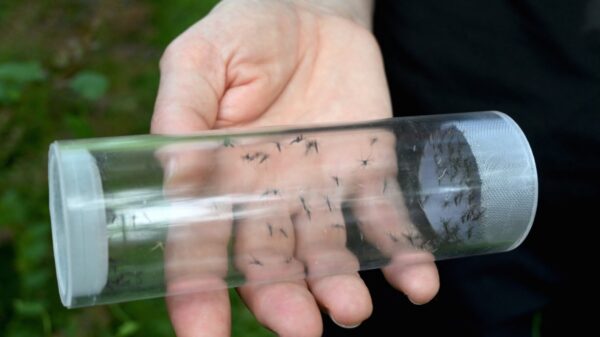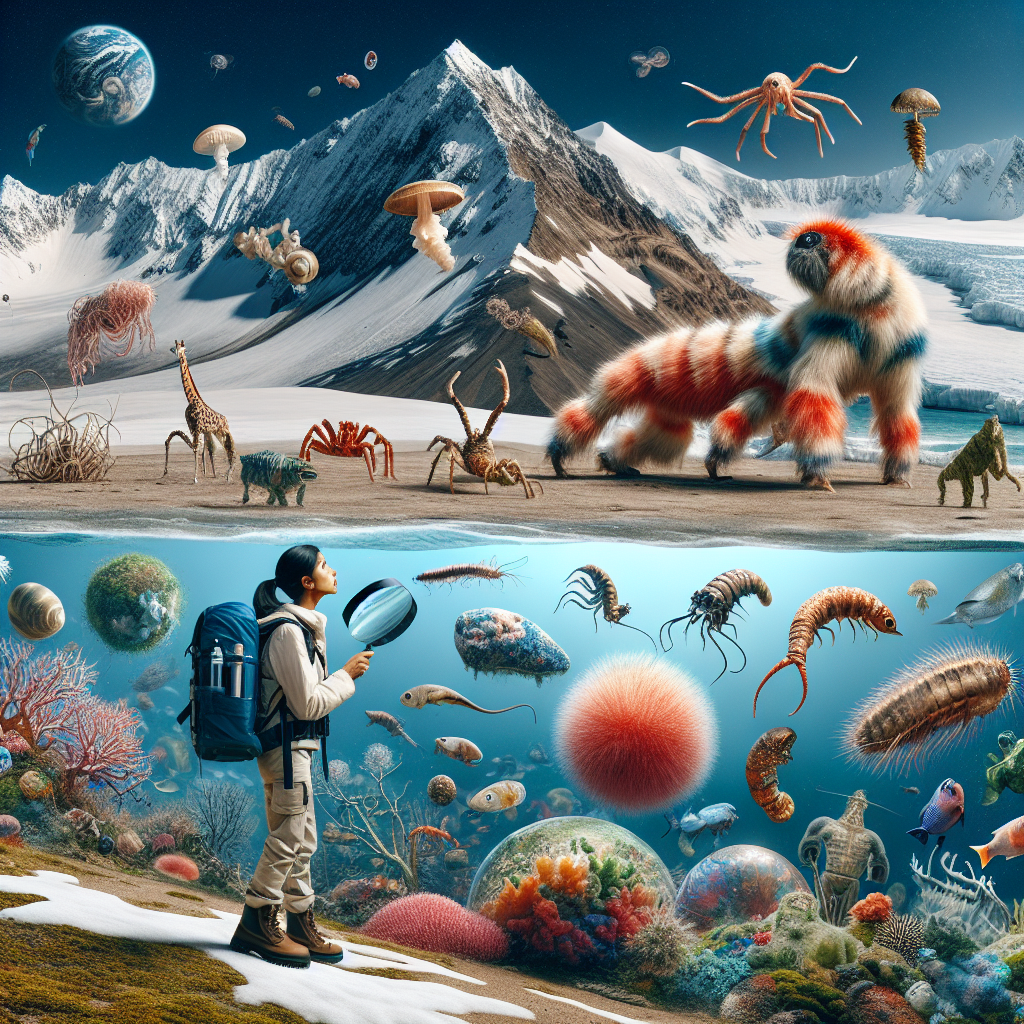In an era dominated by technology and digital distractions, a new exhibit titled “Humans Unplugged: A Curious Look at Earth’s Most Bizarre Creatures” urges visitors to reconnect with the wonders of the natural world. This exhibit showcases some of the planet’s most extraordinary and unique species, highlighting the intricate tapestry of life that exists beyond human-made environments.
Exploring Nature’s Wonders
The exhibit features creatures from diverse habitats, including the depths of the ocean and lush rainforests. Among these is the axolotl, a neotenous salamander native to Mexico. Renowned for its remarkable regenerative abilities, the axolotl retains its larval features throughout its life, sporting feathery gills that lend it a striking appearance. This creature captivates scientists and nature enthusiasts alike with its unique biology.
Another fascinating inhabitant of the ocean is the vampire squid (Vampyroteuthis infernalis), which combines features of both squid and octopus. Its bioluminescent capabilities allow it to create stunning light displays, serving as a defense mechanism against predators. With spade-like fins and vibrant chromatophores, this creature exemplifies the beauty and mystery of marine life.
Adaptation and Resilience in Nature
Nature showcases remarkable adaptations that enable species to thrive in extreme conditions. The tardigrade, also known as the “water bear,” can survive extreme temperatures, pressures, and even the vacuum of space. These microscopic marvels can enter a state of cryptobiosis, pausing their biological functions for years until favorable conditions return. Tardigrades stand as a testament to life’s resilience in the harshest environments.
Additionally, the leafcutter ant demonstrates the power of ecological cooperation. These industrious insects harvest leaves to cultivate fungi, which serve as their primary food source. The seemingly random leaves scattered on forest floors are actually the result of a highly organized society working together to sustain itself.
The art of deception plays a critical role in survival for many species. The mimic octopus takes this to an extraordinary level, blending into its surroundings while imitating the shapes and behaviors of other marine animals, including lionfish and flatfish. This remarkable ability not only aids in evading predators but also enhances its chances of ambushing prey.
On land, the leaf-tailed gecko of Madagascar showcases an impressive adaptation for camouflage. Its ability to mimic the appearance of leaves and tree bark makes it nearly invisible in its natural habitat, highlighting the exquisite craftsmanship of evolution.
The exhibit also celebrates the sheer uniqueness of certain species, like the platypus. This egg-laying mammal possesses features from various animal groups, including a duck-like bill and webbed feet. The platypus exemplifies the bizarre yet beautiful aspects of evolution, blurring the lines between traditional classifications.
Ultimately, “Humans Unplugged” serves as a call to action, encouraging individuals to step away from their screens and immerse themselves in the wonders of wildlife. Each bizarre creature on display is a reminder of the planet’s diversity and the mysteries that still await discovery. By engaging with these extraordinary beings, we foster a deeper appreciation for the natural world and its remarkable resilience.
Nature offers invaluable lessons, but first, we must unplug and listen. As we explore the peculiar creatures that share our planet, we are inspired to forge deeper connections—not just with technology, but with the breathtaking diversity of life that surrounds us. This journey invites us to renew our sense of wonder and our commitment to protecting the incredible tapestry of life on Earth.



































































